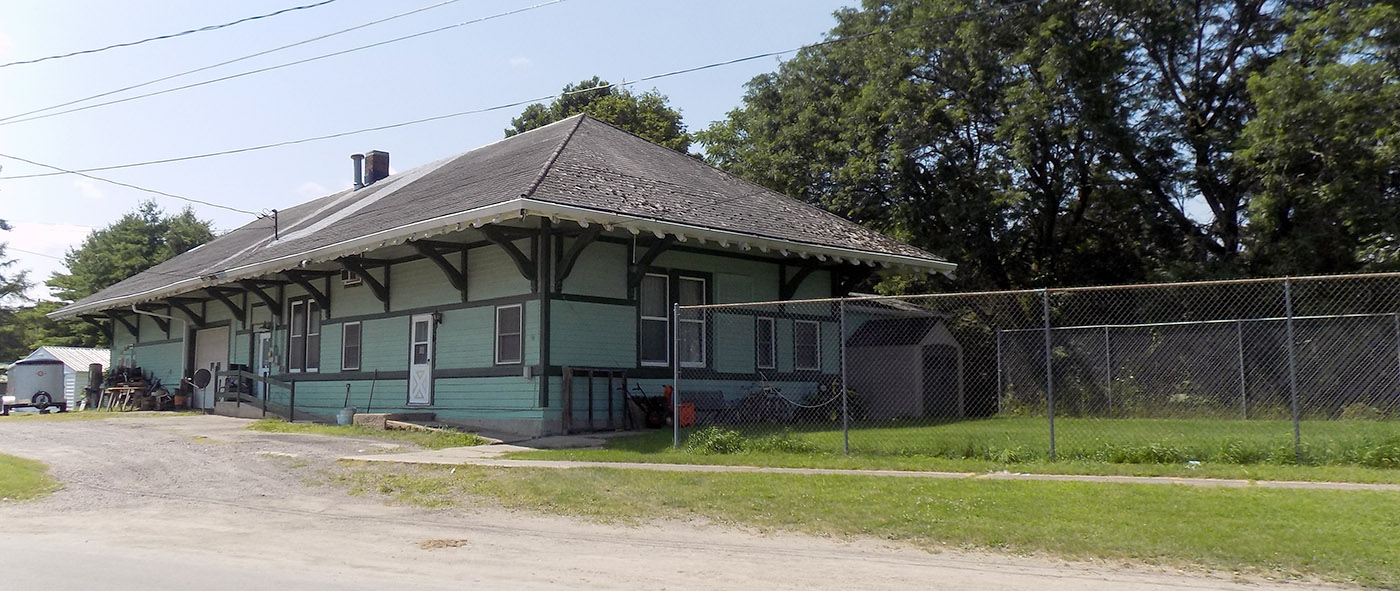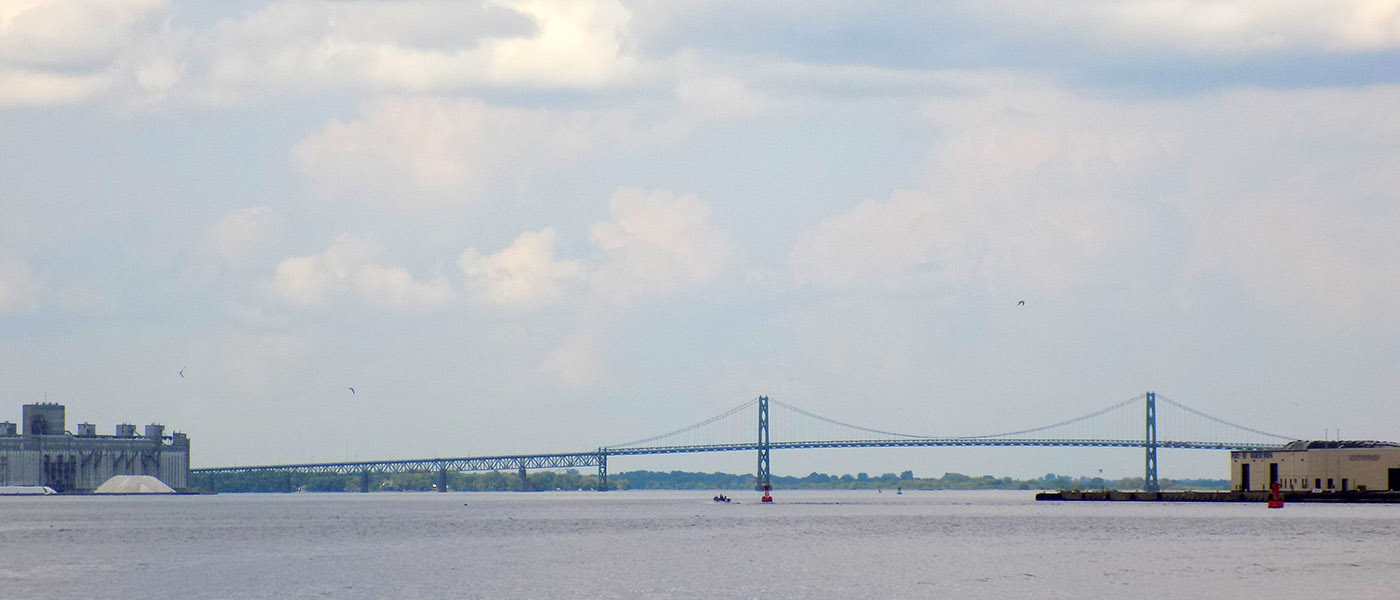Three agreements that shape the U.S.-Canada relationship
The North American Free Trade Agreement is one of many Canada-U.S. agreements that has had a big impact locally, having both good and bad effects in eastern Ontario and the North Country. Two other agreements struck between the nations in the 20th Century have also left a lasting impact.

The softwood lumber trade has been one point of dispute between the U.S. and Canada in NAFTA. Photo: Prov. of British Columbia, Creative Commons, some rights reserved
The North American Free Trade Agreement
I was nine years old in 1988 during the so-called “free trade election” in Canada. The Canada-U.S. free trade agreement had been reached and Prime Minister Brian Mulroney decided to put his political future on the line by making the deal the main issue in that year’s election campaign. My family lived near Oshawa, Ontario at the time, home to most of General Motors’ Canadian production facilities. A lot of kids at school had parents who were auto workers. I remember them shouting, “free trade sucks!” on the playground. Mulroney won the election and the free trade deal was ratified. Five years later, Prime Minister Jean Chretien signed us into the North American Free Trade Agreement (NAFTA), that added Mexico to the mix.
President Trump wants to renegotiate NAFTA and the Trudeau government Canada has agreed to take part. Prime Minister Trudeau has begun assembling a NAFTA negotiating team that will begin talks with U.S. counterparts in a couple of weeks. Partisanship has been set aside, Liberal Trudeau has appointed two former Conservative cabinet ministers to the team.
There have always been unsettling aspects of the deal, especially involving softwood lumber and supply-management in the Canadian dairy industry. Manufacturers have also left Canada for the southern U.S., and they have left both countries for Mexico. Even so, to tear up the deal and completely get rid of it would probably have more negative consequences than benefits. The acrimonious Brexit situation, where Britain is trying to end its 45-year marriage to the European Union, might serve as an example.

The former railroad station in Heuvelton. It was near here that a major Canada-U.S. defense agreement was reached in August, 1940. Photo: James Morgan
The Ogdensburg Agreement
In August 1940, Prime Minister William Lyon Mackenzie King met with President Franklin D. Roosevelt aboard the President’s private railroad car on the siding in Heuvelton. Canada was already fighting World War II and the war looked precarious for Britain, Canada’s traditional source of support. In Heuvelton, the two leaders established the Permanent Joint Board of Defense that created a coordination of defense policy between the two countries. Even though it was reached in Heuvelton, the deal has always been called the Ogdensburg Agreement.

The St. Lawrence Seaway is the result of a major Canada-U.S. agreement. The Port of Johnstown, Ontario is on the left and the Port of Ogdensburg on the right. Photo: James Morgan
The St. Lawrence Seaway
The Canada-U.S. agreement that we see the most evidence of daily in our region is the St. Lawrence Seaway. Proposals and negotiations for that went on for about 50 years before political and bureaucratic deadlock was broken and construction began in 1954.
The Ogdensburg Agreement and the Seaway are not perfect, but getting rid of either of them at this point is basically impossible. The same goes for NAFTA. The relationship between even friendly neighbors is not always perfect, but it’s usually worth preserving.







